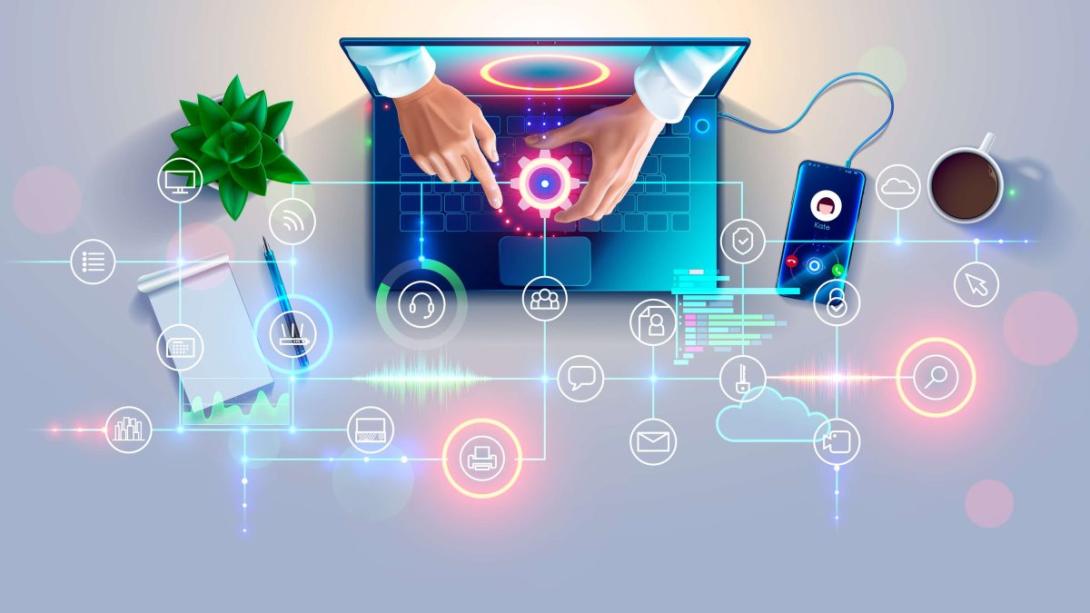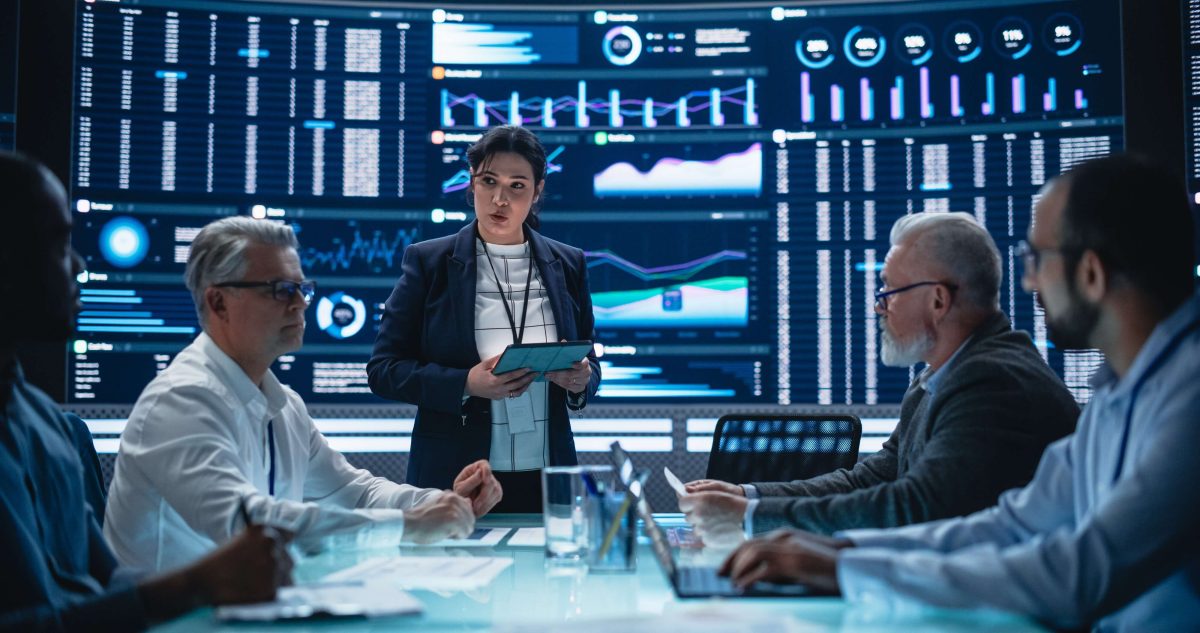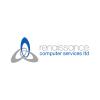
In healthcare design, security is often seen as an afterthought, something that gets attention only once the major components of the building are in place. However, given the sensitive nature of healthcare environments, security should be a top priority from the very start of the design process. With growing concerns about data breaches, patient safety, and emergency response, it’s crucial that healthcare facilities are designed with security in mind at every stage.
This blog will explore why security is a vital element in healthcare design, the challenges associated with securing healthcare environments, and how IT support, particularly in regions like Hertfordshire, and expert healthcare IT consulting firms can assist in building secure, resilient healthcare systems.
The Increasing Importance of Security in Healthcare
Healthcare facilities are complex environments that serve a diverse range of individuals – from patients and staff to visitors and vendors. The sensitive data, equipment, and medications housed in these facilities make them high-value targets for cybercriminals, thieves, and other malicious actors. At the same time, hospitals and clinics are also responsible for ensuring patient safety, protecting medical records, and responding quickly to emergencies.
Given these multiple layers of responsibility, security must be a key consideration in the planning and design of any healthcare facility. Whether it’s physical security, cybersecurity, or emergency response systems, a comprehensive approach to security can help prevent risks, protect assets, and ensure that the healthcare facility can respond effectively when problems arise.
1. Physical Security: Protecting People and Assets
One of the most obvious reasons why security is critical in healthcare design is the physical safety of patients, staff, and visitors. Healthcare facilities often house valuable equipment and medications that can be targeted for theft or misuse. In addition, hospitals and clinics are places where vulnerable populations, including the elderly and the sick, need to feel safe.
Key aspects of physical security include:
- Access Control: Properly designed access control systems prevent unauthorised individuals from entering restricted areas, such as operating rooms, medication storage, or data centres. RFID-based access systems, biometric authentication, and card readers are increasingly common in healthcare settings.
- Surveillance Systems: CCTV systems are an essential part of physical security, ensuring that security personnel can monitor activities across the facility. Surveillance footage can also be used as evidence in case of disputes, accidents, or incidents.
-
Emergency Management: Healthcare facilities must be designed to handle emergencies, from active shooter situations to natural disasters. This involves having secure areas for patients, staff, and equipment, as well as robust communication systems to ensure that everyone is informed and can evacuate safely if needed.
2. Cybersecurity: Protecting Patient Data
In addition to physical security, healthcare facilities are also vulnerable to cyberattacks. The increasing digitisation of healthcare has made patient records, financial information, and medical data valuable targets for cybercriminals. A breach of patient data can have devastating consequences, including identity theft, financial loss, and a loss of trust in the healthcare provider.
The integration of healthcare technologies like Electronic Health Records (EHR) systems, telemedicine, and mobile health apps makes cybersecurity even more critical. Data must be protected not only within the healthcare facility but also when transmitted over the internet or stored in the cloud.
Cybersecurity in healthcare design involves implementing several layers of protection, including:
- Data Encryption: Encrypting sensitive data ensures that even if it is intercepted, it remains unreadable to anyone without the proper decryption key.
- Firewalls and Antivirus Protection: Firewalls are essential for blocking unauthorised access to healthcare networks, while antivirus software helps prevent malware from infecting systems.
- Employee Training: Healthcare workers are often the first line of defence against cyber threats. Regular training on best practices, phishing prevention, and handling sensitive data is essential for reducing the risk of cyberattacks.
3. IT Infrastructure: Enabling Efficient Operations
Security is not only about preventing breaches; it’s also about creating a system that enables efficient, secure operations. In healthcare facilities, outdated or underperforming IT infrastructure can result in slow response times, increased risks of data loss, and inefficiencies in patient care.
Ensuring that the IT infrastructure is secure and reliable is critical for maintaining the integrity of the healthcare system. Here’s where expert IT support in Hertfordshire come in. These specialists help design secure, high-performing IT systems that ensure patient data is protected, communications are seamless, and emergency response systems are always operational.

Benefits of Effective IT Support in Healthcare
Benefit
Description
Real-time Analysis
AI can analyse data in real-time, identifying threats faster than humans.
Predictive Capabilities
Machine learning can forecast potential security breaches based on data patterns.
Improved Accuracy
AI reduces human error by automating the detection process and flagging relevant incidents.
Benefit
Description
Healthcare IT consultants play a key role in guiding healthcare organisations through the complex process of securing data and improving infrastructure. They ensure that all technology systems – from hospital management systems to data centres – are designed with security, functionality, and future scalability in mind.
Designing Secure Healthcare Facilities: Key Considerations
1. Integrating Technology into Building Design
For example, placing security cameras in high-traffic areas or sensitive locations such as the pharmacy or emergency room helps deter theft and ensures patient safety.
Access control systems should be placed at strategic entry points, such as the main building entrance, staff-only areas, and specialised units like intensive care. Additionally, physical barriers such as locked doors, secure cabinets, and safes should be implemented to protect valuable assets.
2. Ensuring Compliance with Regulations
Healthcare facilities must comply with stringent security regulations, including those that govern patient privacy and data protection.
Security systems, both physical and digital, must be designed with these regulations in mind. Healthcare IT consulting services are essential for ensuring that healthcare facilities adhere to these legal requirements, protecting both the organisation and patients from potential legal and financial repercussions.
3. Building for Flexibility and Future-Proofing
Healthcare facilities need to be adaptable to future changes, such as advancements in technology or shifts in the types of services provided. For example, integrating modular security systems or creating flexible spaces that can be adapted to new technologies ensures that the facility can easily accommodate changes without major overhauls.
Incorporating smart building technology – such as sensors that can automatically adjust lighting or temperature for energy efficiency – also contributes to both security and sustainability.
Conclusion
Security is an essential element of healthcare design that cannot be overlooked. From protecting patients and staff to safeguarding sensitive data and medical equipment, prioritising security at every stage of the design process is crucial for creating a safe, functional, and resilient healthcare environment.
Renaissance Computer Services Limited specialises in providing IT support and consulting for healthcare providers, ensuring that their systems are secure, efficient, and future-ready. By embracing security at every level of healthcare design, organisations can ensure that they meet the highest standards of care, safety, and patient trust.

